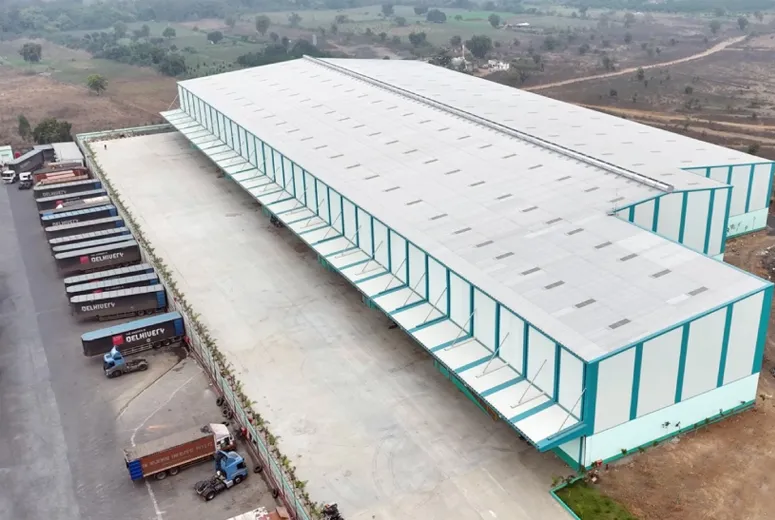- Afrikaans
- Albanian
- Amharic
- Arabic
- Armenian
- Azerbaijani
- Basque
- Belarusian
- Bengali
- Bosnian
- Bulgarian
- Catalan
- Cebuano
- Corsican
- Croatian
- Czech
- Danish
- Dutch
- English
- Esperanto
- Estonian
- Finnish
- French
- Frisian
- Galician
- Georgian
- German
- Greek
- Gujarati
- Haitian Creole
- hausa
- hawaiian
- Hebrew
- Hindi
- Miao
- Hungarian
- Icelandic
- igbo
- Indonesian
- irish
- Italian
- Japanese
- Javanese
- Kannada
- kazakh
- Khmer
- Rwandese
- Korean
- Kurdish
- Kyrgyz
- Lao
- Latin
- Latvian
- Lithuanian
- Luxembourgish
- Macedonian
- Malgashi
- Malay
- Malayalam
- Maltese
- Maori
- Marathi
- Mongolian
- Myanmar
- Nepali
- Norwegian
- Norwegian
- Occitan
- Pashto
- Persian
- Polish
- Portuguese
- Punjabi
- Romanian
- Russian
- Samoan
- Scottish Gaelic
- Serbian
- Sesotho
- Shona
- Sindhi
- Sinhala
- Slovak
- Slovenian
- Somali
- Spanish
- Sundanese
- Swahili
- Swedish
- Tagalog
- Tajik
- Tamil
- Tatar
- Telugu
- Thai
- Turkish
- Turkmen
- Ukrainian
- Urdu
- Uighur
- Uzbek
- Vietnamese
- Welsh
- Bantu
- Yiddish
- Yoruba
- Zulu
Nov . 28, 2024 00:07 Back to list
Sheet Metal Structures An Overview
Sheet metal structures are fundamental components in various industries, from automotive to aerospace, construction, and even consumer electronics. The versatility, strength, and lightweight nature of sheet metal make it an ideal choice for creating a wide range of products and structures. This article explores the properties, manufacturing processes, applications, advantages, and challenges associated with sheet metal structures.
Properties of Sheet Metal
Sheet metal is produced by rolling or hammering metal into thin, flat pieces. The thickness of sheet metal can vary widely, typically ranging from 0.006 inches to 0.25 inches. The most commonly used metals in sheet metal work include steel, aluminum, copper, brass, and titanium. Each of these materials possesses unique properties
- Steel Known for its strength and durability, steel is often used in structural applications. It can be galvanized to prevent rust. - Aluminum Lightweight and corrosion-resistant, aluminum is favored for applications where weight reduction is essential, such as in the aerospace industry. - Copper With excellent electrical and thermal conductivity, copper is frequently used in electronic and electrical components. - Brass A copper-zinc alloy, brass is known for its attractive appearance and malleability, making it suitable for decorative applications. - Titanium This metal is exceptionally strong and corrosion-resistant, often used in high-performance applications.
Manufacturing Processes
The production of sheet metal structures involves several key processes, including
1. Shearing This process involves cutting large sheets of metal into desired shapes and sizes using a sharp blade. 2. Bending Bending reshapes metal sheets into various angles and forms using tools like press brakes. 3. Stamping This technique uses dies to create specific shapes and patterns in the metal sheet, often seen in mass production. 4. Welding Welding is used to join two or more pieces of metal together, providing strong and durable structures. 5. Forming Additional methods like rolling, punching, and deep drawing are employed to further manipulate the sheet metal into final shapes.
These processes can be automated, which enhances efficiency and precision in production. Computer Numerical Control (CNC) technology is often employed to streamline operations and reduce human error.
Applications of Sheet Metal Structures
sheet metal structures

The versatility of sheet metal means it finds application in numerous fields
. Some notable examples include- Automotive Car bodies, engine components, and chassis are often made from sheet metal due to its strength-to-weight ratio. - Aerospace Aircraft skins, ribs, and other body components are manufactured from lightweight materials like aluminum and titanium. - Construction Roofing, wall panels, and structural supports utilize sheet metal for its durability and ease of installation. - HVAC Ductwork and ventilation systems are typically constructed from sheet metal for efficient airflow. - Consumer Electronics Many electronic devices utilize sheet metal enclosures to protect internal components while providing aesthetic appeal.
Advantages of Sheet Metal Structures
The benefits of using sheet metal structures include
- Lightweight The low density of metals like aluminum makes it suitable for applications where weight is critical. - Strength Despite their lightness, sheet metal structures exhibit remarkable strength and load-bearing capabilities. - Malleability Sheet metals can be easily shaped into complex designs without losing structural integrity. - Cost-Effectiveness Mass production techniques and the use of standard materials can lead to reduced manufacturing costs. - Recyclability Metals are highly recyclable, making sheet metal structures an environmentally friendly choice.
Challenges in Using Sheet Metal
Despite its many advantages, challenges exist in working with sheet metal. Issues such as corrosion, fatigue, and the potential for deformation during manufacturing must be anticipated and managed. Proper surface treatment and selection of appropriate materials can mitigate these concerns. Additionally, advancements in technology and engineering have led to innovative solutions, enhancing the performance and longevity of sheet metal structures.
Conclusion
In conclusion, sheet metal structures are integral to modern manufacturing and construction practices. Their unique properties, coupled with versatile processing methods, enable their application across a wide spectrum of industries. While challenges do arise, ongoing advancements in material science and engineering practices continue to enhance the effectiveness and sustainability of sheet metal applications. As industries evolve, the importance of sheet metal structures will only grow, revealing new opportunities for innovation and development.
-
How Do Prefabricated Steel Structures Transform Modern Construction?
NewsJul.14,2025
-
How Do Prefabricated Metal Buildings Redefine Modern Construction?
NewsJul.14,2025
-
How Do Prefab Insulated Metal Buildings and Steel Structures Revolutionize Modern Construction?
NewsJul.14,2025
-
How Do Pre - Engineered Steel Structures Redefine Modern Construction?
NewsJul.14,2025
-
Advancing Modular Construction with Prefabricated Metal Structures
NewsJul.14,2025
-
Advancing Industrial Infrastructure with Prefabricated Steel Solutions
NewsJul.14,2025
Products categories
Our Latest News
We have a professional design team and an excellent production and construction team.












